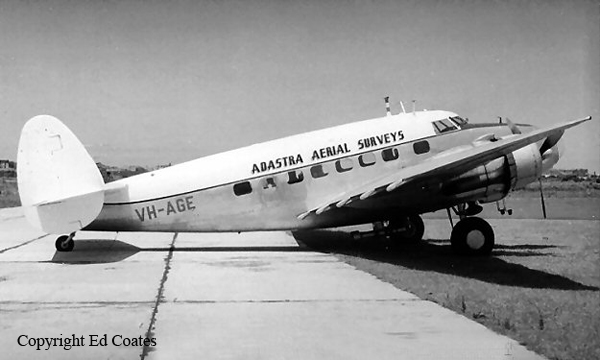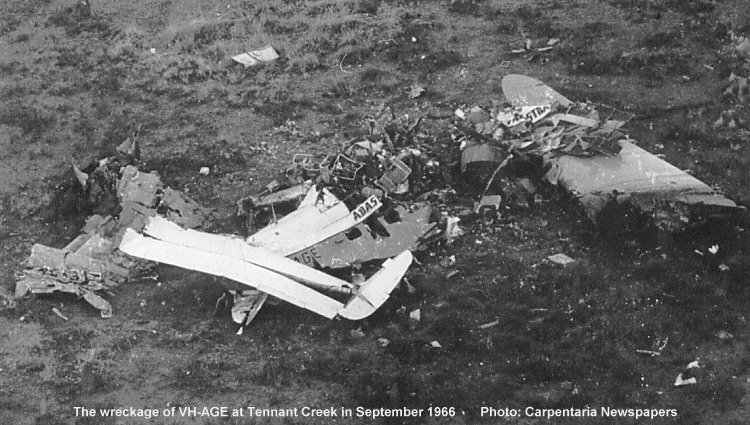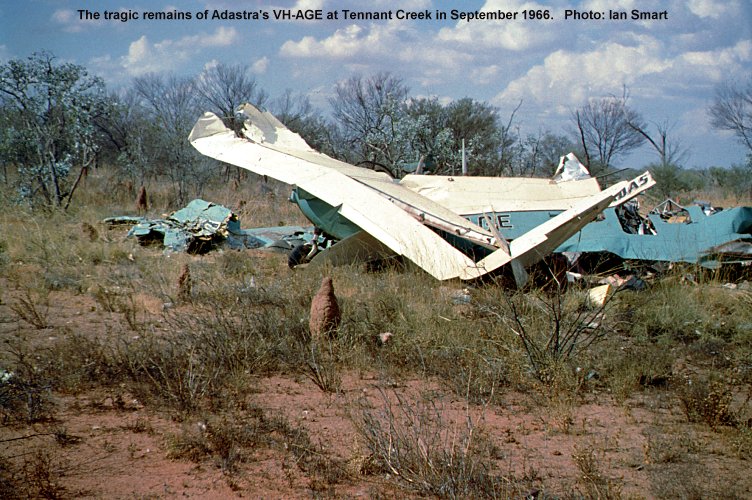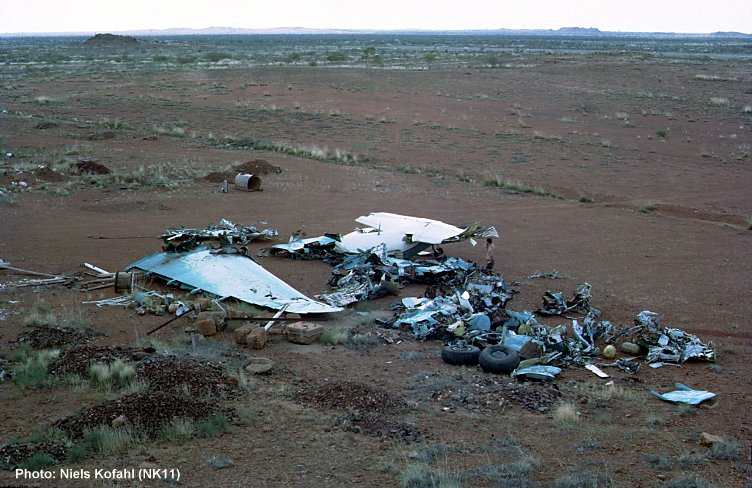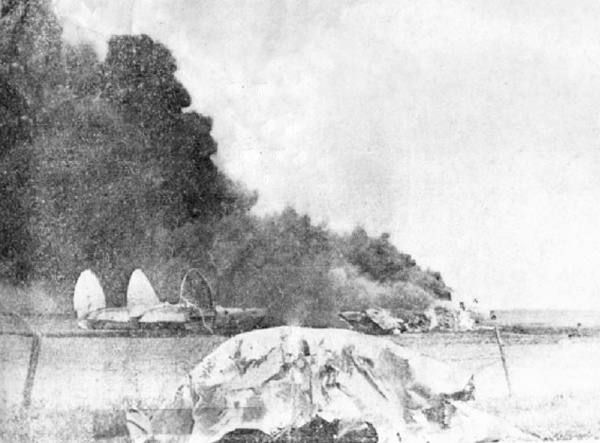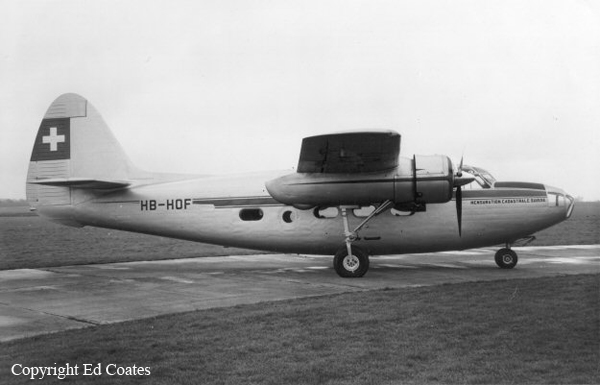Crash of a Rockwell Aero Commander 500 near Noxon: 2 killed
Date & Time:
Apr 8, 1972 at 1315 LT
Registration:
N2776
Survivors:
No
Schedule:
Walla Walla - Libby
MSN:
500-693
YOM:
1958
Crew on board:
2
Crew fatalities:
Pax on board:
0
Pax fatalities:
Other fatalities:
Total fatalities:
2
Captain / Total hours on type:
57.00
Circumstances:
The crew was engaged in a mapping/photo mission from Walla Walla (Washington) to Libby, Montana. While cruising in poor weather conditions, the crew lost control of the airplane that dove into the ground and crashed in the region of Noxon. The wreckage was found June 16, 1972. The aircraft was totally destroyed and both pilots were killed.
Probable cause:
Uncontrolled descent caused by improper in-flight decisions or planning on part of the crew. The following factors were reported:
- Conditions conducive to carburetor/induction system icing,
- Ice-carburetor,
- Icing conditions including sleet and freezing rain,
- Airframe ice,
- Complete failure of both engines,
- Flew into icing conditions beyond capability of aircraft deicing systems.
- Conditions conducive to carburetor/induction system icing,
- Ice-carburetor,
- Icing conditions including sleet and freezing rain,
- Airframe ice,
- Complete failure of both engines,
- Flew into icing conditions beyond capability of aircraft deicing systems.
Final Report:


